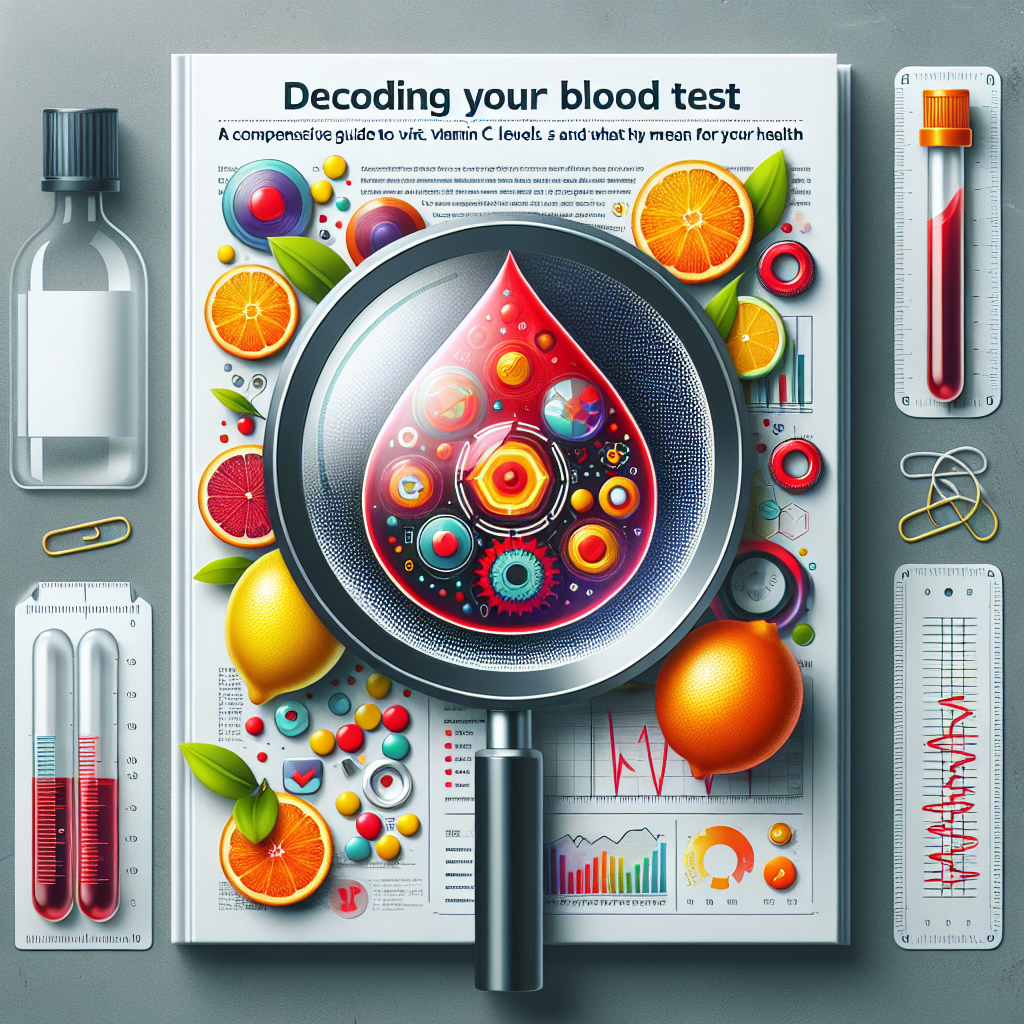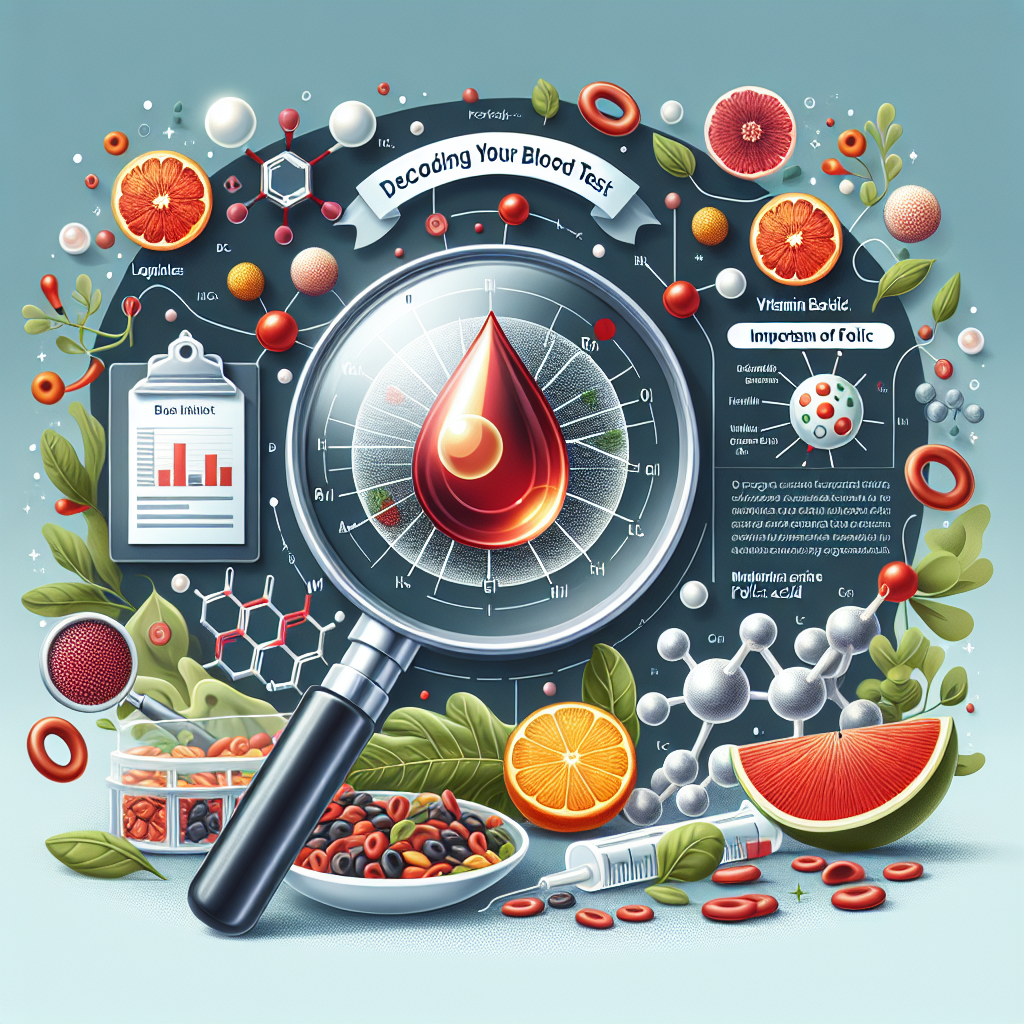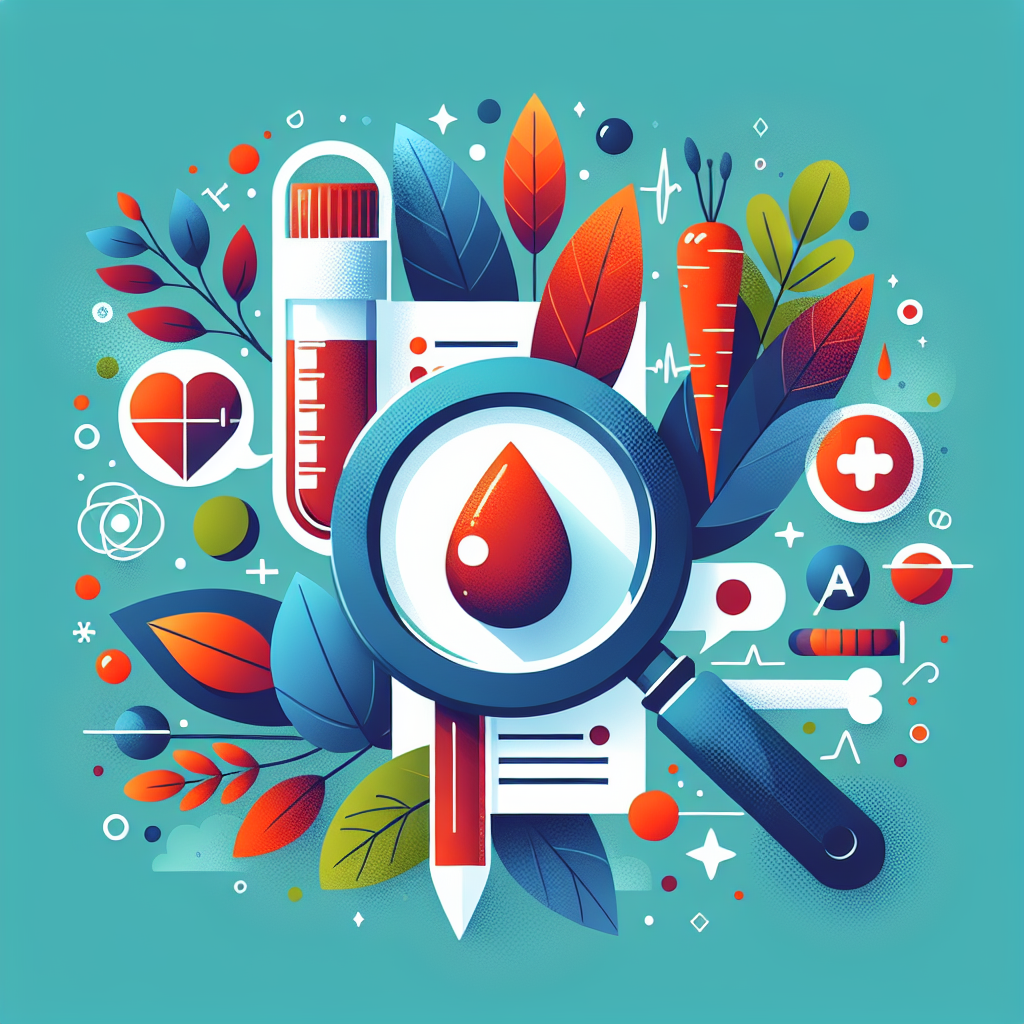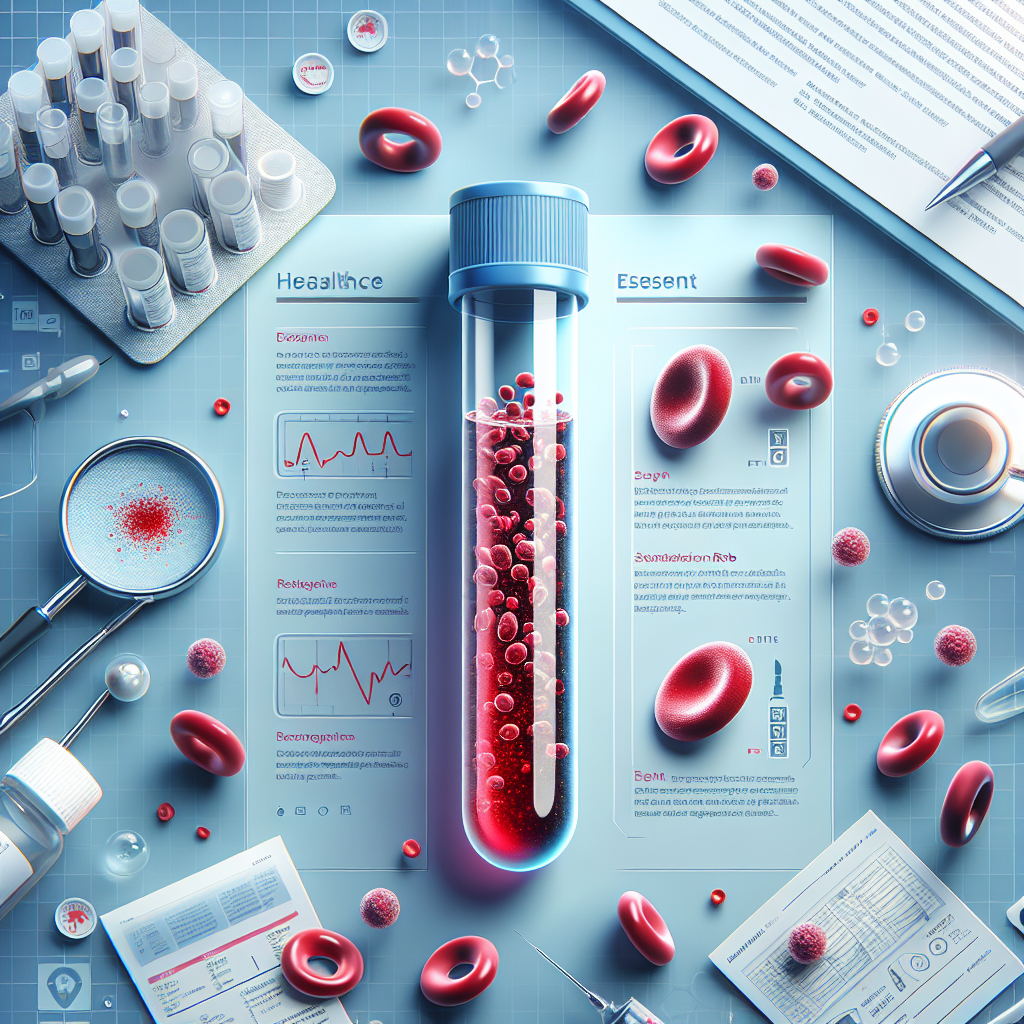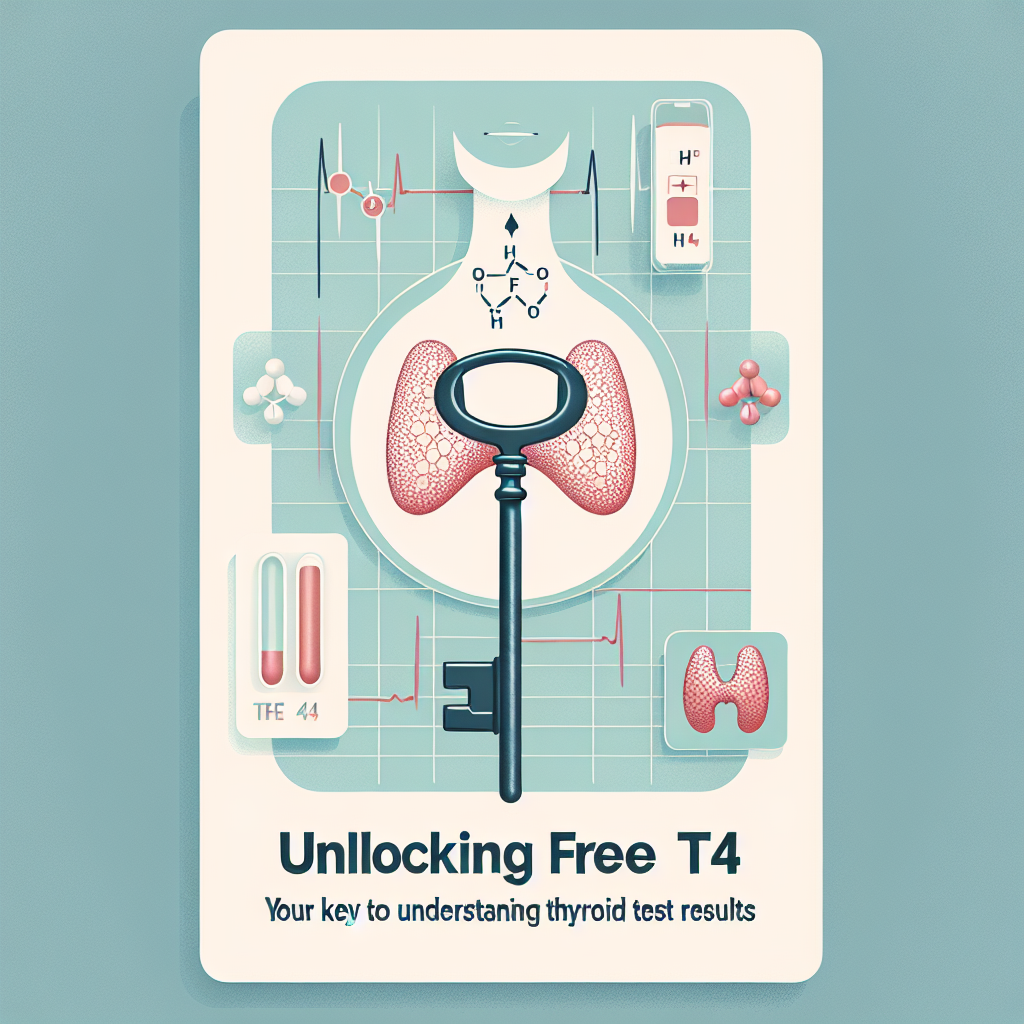Interpreting blood test results can often lead to uncertainties, particularly when examining the vitamin C level line. This figure, along with technical jargon and reference ranges, plays a crucial role in evaluating your nutritional health. Gaining clarity on what this means is vital for actively managing your well-being. This article aims to help you understand this parameter, elucidate its essential functions in the body, and explain how to respond to your results.
What is Vitamin C (Ascorbic Acid)?
Vitamin C, also known as ascorbic acid, is a water-soluble vitamin. Because it dissolves in water, our bodies cannot store it in significant amounts. Therefore, a consistent intake is crucial. The human organism relies entirely on external sources, primarily through diet, as it cannot synthesize vitamin C on its own.
Essential Physiological Roles of Vitamin C
Vitamin C serves numerous vital functions, acting as an indispensable resource for maintaining overall health.
- Strong Antioxidant: It defends cells against oxidative stress caused by unstable molecules known as free radicals.
- Cofactor for Collagen Synthesis: Vitamin C is essential for the formation and repair of collagen, the key protein for skin, bones, tendons, and blood vessels.
- Enhanced Iron Absorption: It assists in the assimilation of non-heme iron from plant sources in the intestines.
- Immune System Support: Vitamin C plays a critical role in the functioning of various immune cells, thus bolstering the body’s resistance against infections.
- Involvement in Energy Metabolism: It is also part of the process of synthesizing carnitine, which is vital for transporting fatty acids into the mitochondria, the energy hubs of our cells.
Assessing vitamin C levels is beneficial for gauging nutritional status, particularly when symptoms such as severe fatigue or slow wound healing arise. This evaluation can help identify potential deficiencies or insufficiencies.
Why is it Important to Monitor Your Vitamin C Level?
Understanding your vitamin C level is crucial as it correlates closely with various aspects of your health. Deviations from the normal range, whether low or high, may signal important health issues.
An Indicator of Your Overall Health Status
Your body operates as an intricate system, with each nutrient interacting with others. Vitamin C serves as a versatile resource throughout this system.
- Immunity: Low vitamin C levels can compromise immune defenses, increasing susceptibility to infections.
- Energy: Given its role in energy metabolism, a deficiency may lead to chronic fatigue.
- Skin and Joint Health: Insufficient vitamin C can cause dryness, poor healing, and joint discomfort.
- Anemia: Optimal vitamin C levels can help prevent certain types of anemia related to iron deficiency.
- Cardiovascular Health: Its antioxidant properties protect blood vessels from damage.
The Evolution of Knowledge on Vitamin C
Our understanding of vitamin C has advanced significantly. Once primarily recognized for preventing scurvy, a severe deficiency condition, research has uncovered its nuanced roles as an immune modulator and a key antioxidant. Today, we recognize that suboptimal levels, even without full-blown scurvy, can detrimentally affect quality of life. Insufficiency is particularly common among smokers, individuals with restricted diets, or those with chronic illnesses.
Evaluating this marker aids in medical decision-making. Should dietary adjustments be made? Is supplementation necessary? Is further investigation needed for underlying causes?
How to Read Your Vitamin C Level Analysis?
Receiving laboratory results can appear daunting. However, a few guiding principles can help clarify the data.
Decoding a Result Line for Vitamin C
Here is a hypothetical example that might appear on your results report:
| Analyzed Parameter | Your Result | Unit | Reference Values |
|---|---|---|---|
| Vitamin C (Ascorbic Acid) | 18 | µmol/l | 23 – 85 |
- Your Result: “18”. This indicates the amount of vitamin C found in your blood.
- Unit: “µmol/l” (micromoles per liter). This is crucial as reference values depend on the units used.
- Reference Values: “23 – 85”. This range reflects what the laboratory considers normal.
- Indicator: A result that falls outside this range is usually flagged with a symbol (often an “L” for “Low”, a down arrow ↓, or an asterisk). In this case, 18 is below 23, indicating a low vitamin C level.
Understanding How Reference Values Are Established
Laboratories determine these “norms” by testing a broad group of healthy individuals. The reference range typically reflects the values observed in 95% of this population. It’s important to note that a “normal” reading isn’t necessarily “optimal” for everyone. Values at the lower end of the range might indicate a trend that warrants monitoring, particularly when symptoms are present.
What Does a Modified Vitamin C Level Mean?
Results falling outside reference ranges are not classified as a diagnostic condition; rather, they reflect a physiological state or underlying health issue.
Low Vitamin C Level (Insufficiency or Deficiency)
Low vitamin C levels are the most common abnormality encountered.
Possible Causes of Low Vitamin C Levels
- Inadequate Dietary Intake: A diet deficient in fresh fruits and vegetables is typically the primary cause.
- Increased Requirements: Conditions such as pregnancy, breastfeeding, smoking, significant stress (both physical and psychological), and infections elevate vitamin C needs.
- Intestinal Malabsorption: Conditions like Crohn’s disease or certain surgical procedures can impair absorption.
- Chronic Health Issues: Diabetes or kidney disease may be linked with lower vitamin C levels.
Symptoms Associated with a Low Level
Symptoms can vary depending on the severity of the deficiency. Mild insufficiency may result in ongoing fatigue, irritability, and susceptibility to infections, while more severe deficiency can cause easy bruising, gum bleeding, poor wound healing, and anemia. Scurvy, the most extreme form, is now rare in developed countries.
Useful Additional Tests
If low vitamin C levels persist without explanation, a healthcare provider may recommend further testing. This may include a complete blood count (CBC) to check for anemia or a C-reactive protein (CRP) test to evaluate inflammation.
High Vitamin C Level (Hypervitaminosis)
This condition is considerably rarer and usually results from excessive supplementation.
Main Cause of Excess
Excessive intake of dietary supplements—often exceeding 1 gram daily for an extended duration—is typically the sole cause. It is nearly impossible to reach toxic levels through diet alone, as excess vitamin C is filtered out by the kidneys.
Symptoms Linked to Overconsumption
Common symptoms include gastrointestinal disturbances such as diarrhea, abdominal cramping, and nausea. In predisposed individuals, excessive vitamin C can increase the risk of kidney stone formation. Furthermore, it may skew results of certain laboratory tests. Discontinuing supplementation generally resolves the situation.
Practical Tips for Managing Your Vitamin C Level
Once you comprehend your results, actionable steps can be taken in consultation with a healthcare professional.
Recommended Monitoring Frequency for Your Level
The frequency of monitoring will depend on your individual circumstances.
- Normal Level: Regular health check-ups every 1 to 3 years usually suffice.
- Low Level: After implementing corrective measures, a follow-up after 3 to 6 months is advisable to assess effectiveness.
- Confirmed Deficiency: A healthcare provider will establish closer monitoring to evaluate the success of supplementation efforts.
Nutritional Advice for Optimal Intake
To naturally enhance your vitamin C intake, focus on incorporating rich food sources.
- Fruits: Citrus fruits, kiwis, blackcurrants, strawberries, and mangoes are excellent sources of vitamin C.
- Vegetables: Raw red peppers, broccoli, Brussels sprouts, and fresh parsley are also very high in vitamin C.
Since vitamin C is sensitive to heat and oxygen, it’s best to consume these foods fresh and raw, or cooked quickly via gentle methods like steaming.
Impact of Lifestyle on Your Needs
Certain lifestyle habits can directly affect your vitamin C requirements.
- Quitting Smoking: Smoking substantially increases oxidative stress, thereby increasing vitamin C consumption.
- Managing Stress: Chronic stress heightens the need for antioxidants, including vitamin C.
- Quality Sleep: Adequate restorative sleep is crucial for all regenerative processes.
When and Who to Consult About Your Vitamin C Level?
It is essential to seek medical advice in certain situations:
- Whenever your results fall outside the reference values.
- If you exhibit symptoms that may suggest a deficiency or excess.
- Prior to commencing any supplementation, particularly in high doses.
Your primary care physician should be your first point of contact for such concerns.
Frequently Asked Questions About Vitamin C
Below are answers to some common questions regarding vitamin C.
Is Steam Cooking Really Better?
Absolutely. Boiling can destroy a substantial amount of vitamin C, which leaches into the cooking water. Steam cooking, being quicker and keeping the food above the water, preserves vitamin C significantly better.
Can a high dose alter a blood glucose reading?
Indeed, this is a recognized phenomenon. Exceptionally high levels of vitamin C can affect the accuracy of certain blood glucose monitors. This interference may result in erroneously elevated or depressed readings. It is vital to disclose any significant supplement use to your healthcare provider.
Does stress elevate the body’s demand for vitamin C?
Yes. Sustained physical or emotional stress elevates oxidative damage, prompting the body to consume more vitamin C to mitigate it. Consequently, extended periods of stress can lead to a faster depletion of vitamin C stores.
Can taking supplements truly ward off colds?
The scientific support for cold prevention is not strong. However, consistent supplementation may modestly shorten the length and lessen the intensity of a cold for certain individuals, especially those undergoing significant physical exertion.
What medications does vitamin C interact with?
In large amounts, vitamin C can interfere with specific medications, such as blood thinners, statins, birth control pills, and various chemotherapy agents. It is essential to consult a medical professional before beginning any supplementation regimen.
Is the liposomal form of vitamin C superior?
Liposomal vitamin C is encased in a fatty layer to enhance its uptake by the body. While some research points to improved bioavailability, compelling clinical proof of its distinct advantage over standard ascorbic acid is still missing. Additionally, it comes at a much higher cost.
Conclusion: A vital indicator of your health
You are now equipped to better interpret the “vitamin C” value in your lab results. It is far more than a cold remedy; it’s a critical nutrient that our bodies cannot synthesize. Your blood concentration serves as a precious gauge of the equilibrium between your consumption and your body’s requirements. Understanding this measurement is a key move toward taking charge of your own health. As part of a preventative health strategy, tracking this level helps you enhance your overall wellness.
Additional Resources
For more information and to decode other markers, more articles are available here.
Confused by Your Blood Test Results?
Gain instant clarity with BloodSense. Our platform interprets your blood test results online in minutes, transforming complex medical information into an easy-to-understand report. Take charge of your health today by visiting bloodsense.ai to receive your personalized insights now.

